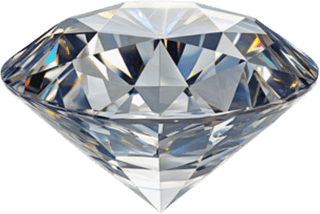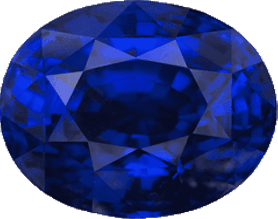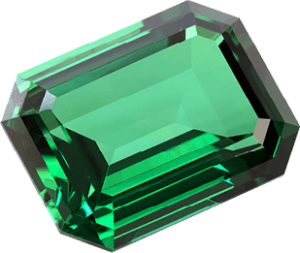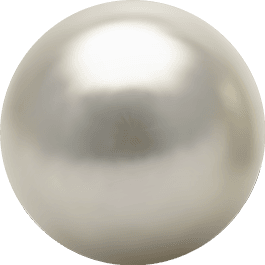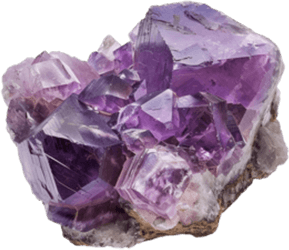Gemstones
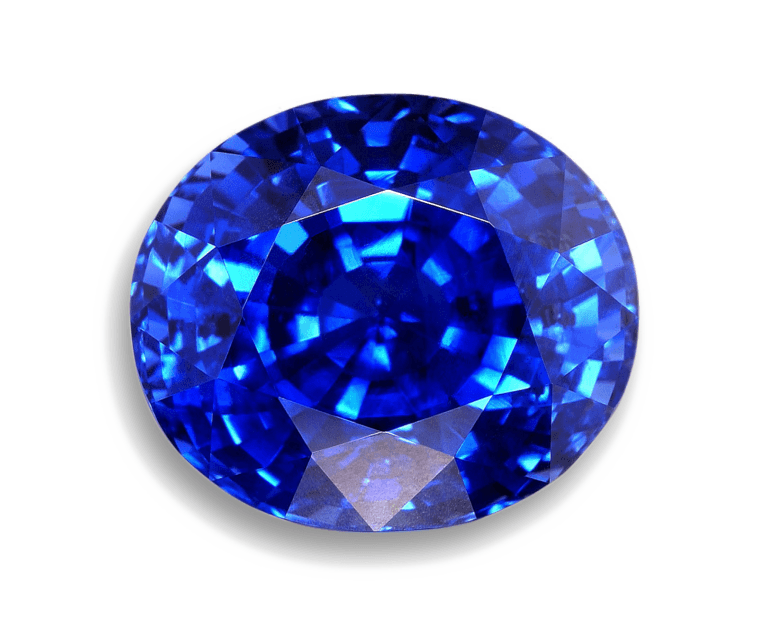
Sapphire: The Captivating Gem of Celestial Beauty
Overview: Sapphire is a variety of the mineral corundum, and it is best known for its rich blue color. While blue remains the most popular hue, sapphires are available in a range of colors, including pink, yellow, and even green. Furthermore, sapphires are renowned for their durability and stunning beauty. As a result, they rank among the most coveted gemstones in the world.
Properties of Sapphire
Color: Sapphires are most commonly found in blue, with shades that range from pale to deep, rich hues. However, it is important to note that sapphires also appear in a spectrum of other colors, which we refer to as “fancy sapphires.” Among these, the most valuable sapphires have a rich, velvety blue color, free from green or gray undertones.
Hardness: With a hardness of 9 on the Mohs scale, sapphires are second only to diamonds in terms of durability. This makes them an excellent choice for everyday wear in rings and other jewelry.
Clarity of Sapphire: Although sapphires can contain inclusions, these are usually less noticeable than those found in other gemstones. As a result, sapphires with fewer inclusions tend to hold a higher value.
Transparency of Sapphire: Most sapphires are transparent. However, some sapphires may exhibit a milky or cloudy appearance, which is often due to inclusions.
History of Sapphire
Sapphires have captivated people for centuries. Ancient cultures, including Greece and Rome, frequently used these gemstones. They symbolized wisdom, loyalty, and nobility. Furthermore, during medieval Europe, clergy wore sapphires to represent purity. Notably, the stone’s connection with royalty remains strong today, as seen in Princess Diana’s iconic engagement ring.
Sources of Sapphire
Sapphires are sourced from various regions around the world. Some of the most notable sources include:
- Sri Lanka: Known for producing sapphires in a wide range of colors, especially blue and pink, Sri Lanka remains a significant supplier.
- Myanmar (Burma): Renowned for its fine blue sapphires, Myanmar continues to be a key source of high-quality gemstones.
- Kashmir: Historically, Kashmir earned fame for its unique, velvety blue sapphires. However, the region’s production has notably declined in recent years.
Famous Sapphires
Several sapphires have made their mark in history:
- Princess Diana’s Engagement Ring: Featuring a 12-carat oval blue sapphire set in white gold, this ring now belongs to Kate Middleton, the Duchess of Cambridge.
- The Stuart Sapphire: A historic blue sapphire, it is part of the British Crown Jewels, further underscoring its significance.
Uses of Sapphire
Sapphires are widely used in many types of jewelry, including engagement rings, earrings, and necklaces. Moreover, their hardness makes them perfect for industrial uses such as in watches, optical lenses, and electronics. Thanks to their durability, sapphires continue to find applications in a variety of fields.
Care and Maintenance
- They are relatively low-maintenance due to their hardness, but they should still be cleaned regularly to maintain their shine.
- Avoid exposing sapphires to harsh chemicals or extreme temperatures.
- Store sapphires separately from other jewelry to avoid scratches.
- Learn more about Jewelry care.
Fun Facts About Sapphire
- Sapphires are considered the birthstone for September and are often associated with wisdom, loyalty, and truth.
- The name “sapphire” comes from the Greek word “sappheiros,” which means “blue stone.”


